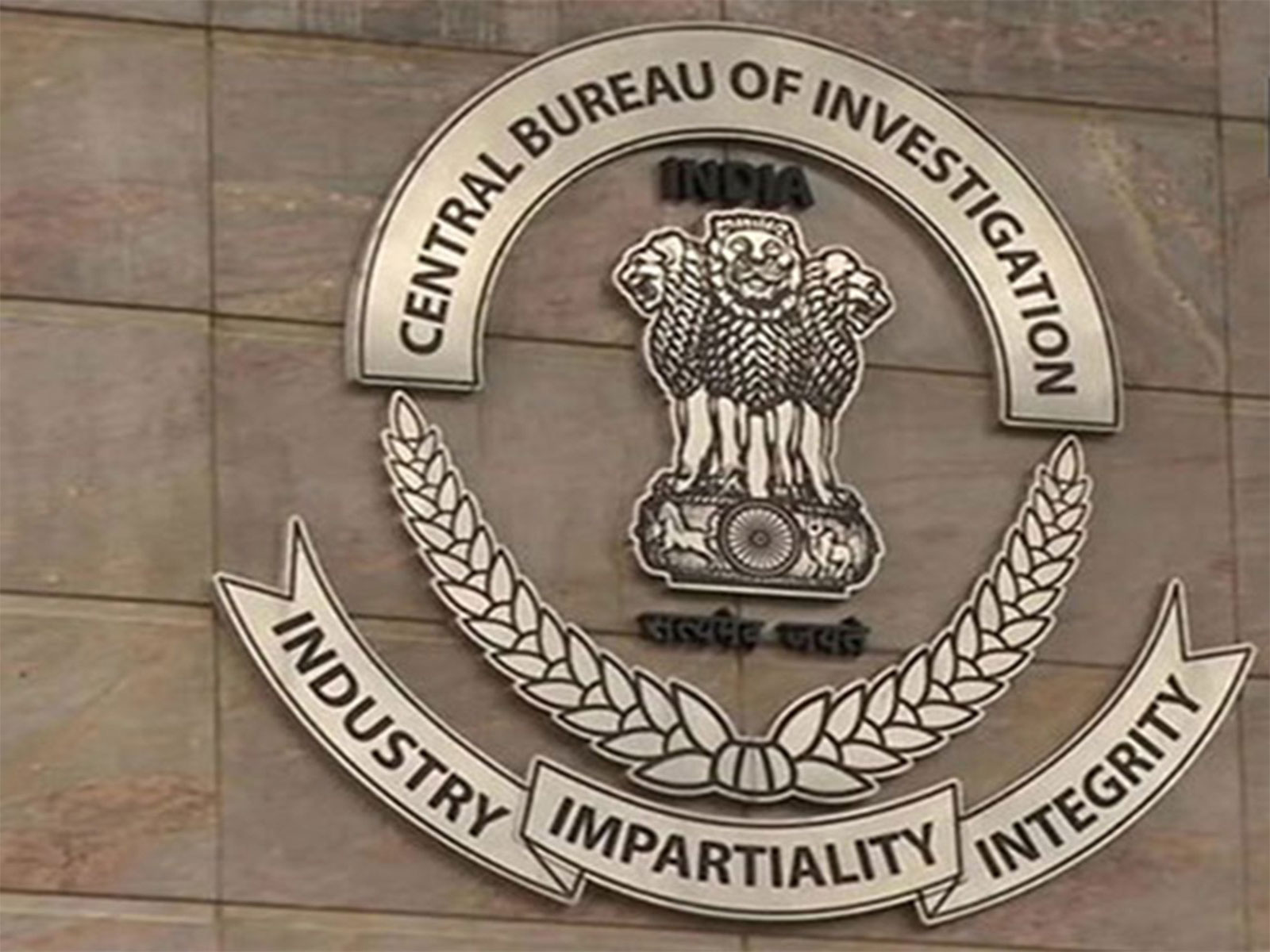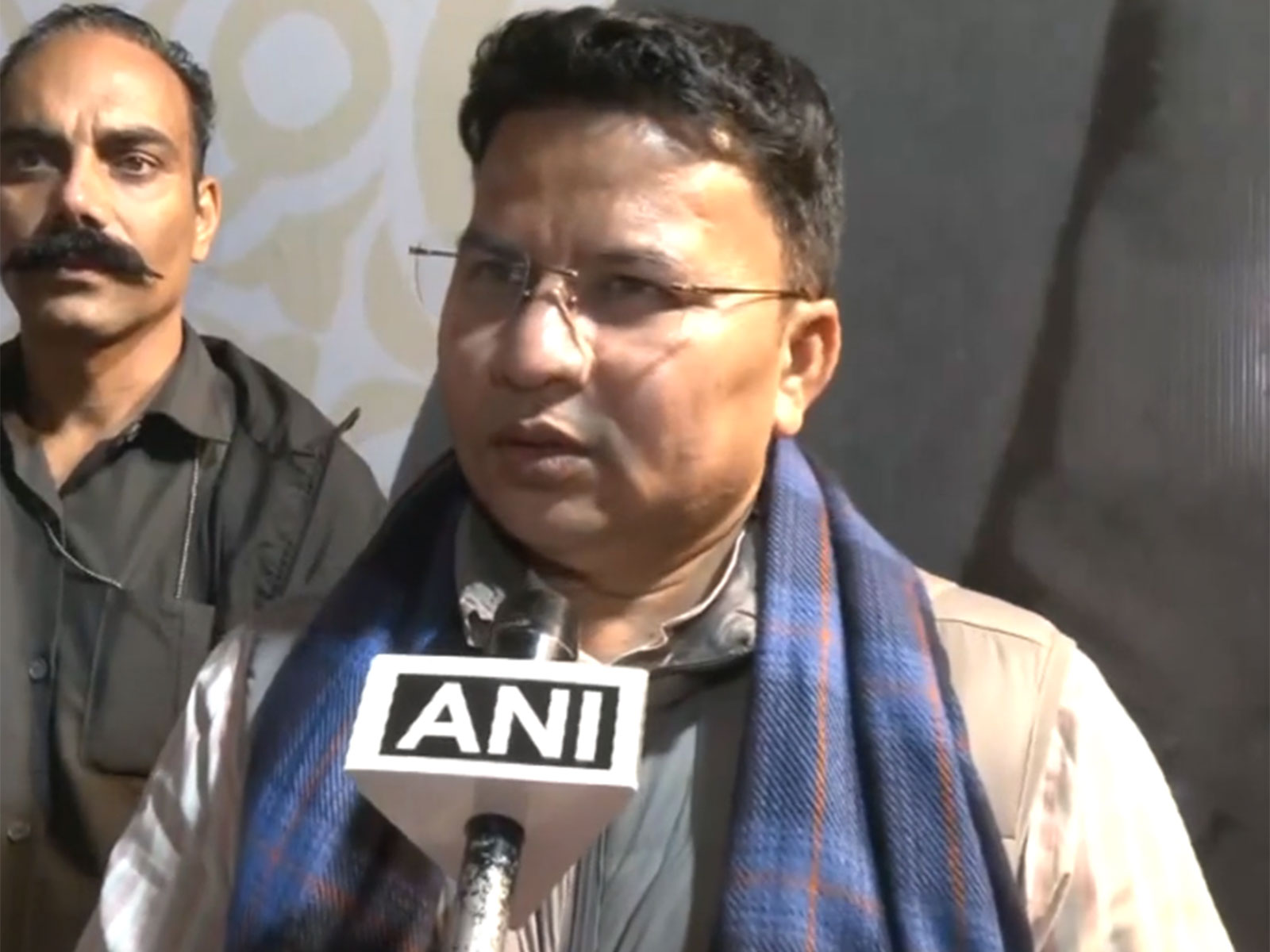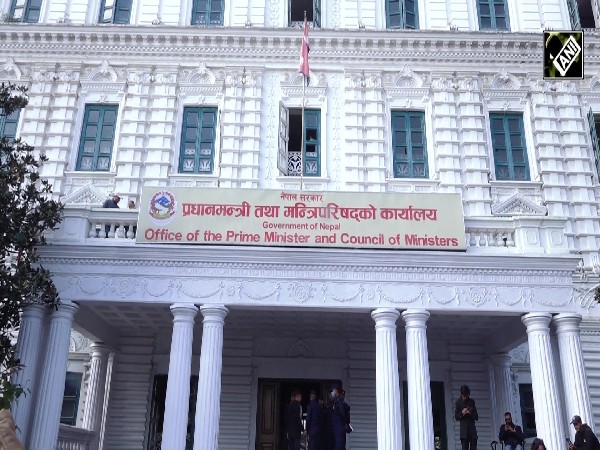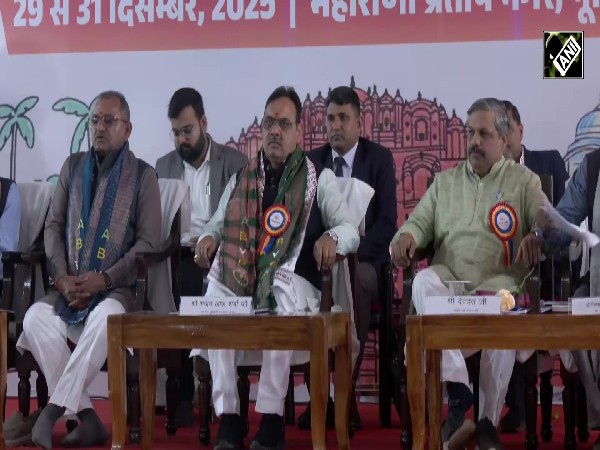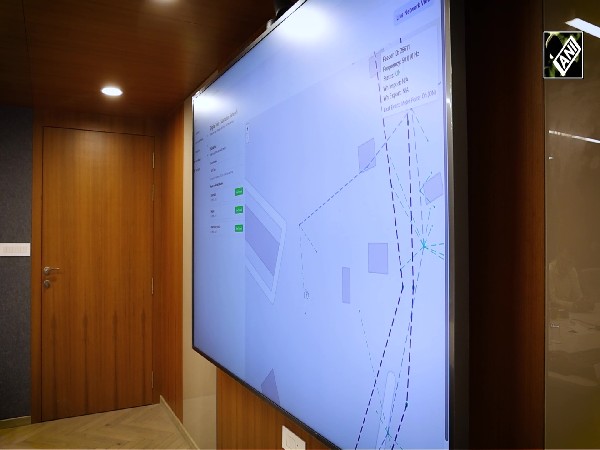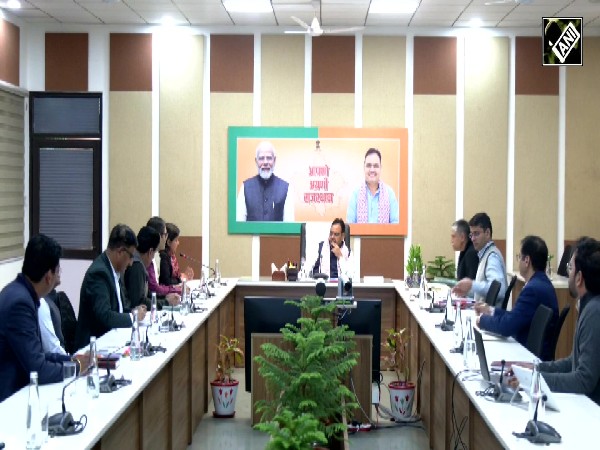UP: Yogi Govt identifies 799 new mining areas for cheap minor minerals
Aug 12, 2023

Lucknow (Uttar Pradesh) [India], August 13 : With an aim to provide cheap minor minerals to the general public and to accelerate industrial growth in the state of Uttar Pradesh, the Yogi Adityanath Government has identified 790 new mining areas spread over different districts of the state, said an official statement from UP government on Saturday.
The newly identified mining areas are mainly located in ten districts namely Mirzapur, Jhansi, Prayagraj, Banda, Hamirpur, Mahoba, Saharanpur, Jalaun, Bijnor and Gorakhpur.
It is notable that Chief Minister Yogi Adityanath had recently directed the Geology and Mining department to prepare an action plan to make available Maurang, sand, building stones and other minor minerals at reasonable prices to the people of the state, added the official statement.
Additionally, instructions were also given to use more and more rail routes for the transportation of minor minerals. While this will increase the revenue of the government, it will also prove to be very beneficial from the point of view of the environment along with providing minor minerals to the general public at cheap prices.
During a review meeting of the Department of Geology and Mining held recently, Chief Minister Yogi Adityanath directed officials to increase the allocation of new mining leases to provide the public with minor minerals at reasonable prices.
CM pointed out that the availability of minor minerals in the state is currently insufficient to meet the demand. As a result, these minerals are brought from other states, causing a substantial increase in their prices.
Moreover, during the rainy season, their prices skyrocket, causing losses not only to the general public but also to the government.
To address these issues, CM Yogi instructed the department to formulate a plan. Additionally, he emphasized the need for the department to make a greater number of industrial minerals available in the state to boost the industrial sector.
This move is intended to facilitate the state's path toward becoming a trillion-dollar economy.
It's worth noting that industrial minerals are in high demand among minor minerals. Their increased availability will not only boost government revenue but also establish the state as an industrial hub. This, in turn, will provide new momentum to the state's development, mentioned the statement from the UP government.
Anil Kumar, the Chief Secretary of the Department of Geology and Mining, has revealed that during the departmental review, the Chief Minister's intention to increase the number of mining leases for minor minerals in the state has been put into action. Ten major districts already contribute 75 per cent to the mining of minor minerals in the newly designated 790 mining areas across the state.
Furthermore, monitoring and surveys were conducted, resulting in the identification of 601 suitable areas for mining minor minerals in these districts. Additionally, 189 mining areas have been earmarked across various districts in the state.
In these designated areas, there's a significant focus on industrial minerals, as per CM Yogi's directives. Notably, there are currently a total of 1157 operational mining areas for minor minerals throughout the state.
The Secretary of the Department, Dr Roshan Jacob, stated that 328 new areas have been identified in Mirzapur, 84 in Jhansi, 36 in Prayagraj, 34 in Banda, 26 each in Hamirpur and Mahoba, 20 in Saharanpur, 18 in Jalaun, 15 in Bijnor, and 14 in Gorakhpur for mining of minor minerals.
At the same time, 189 new areas have been identified for mining in various districts of the state. Survey work has commenced in these newly designated areas to assess the quantity of minor minerals.
As the survey work progresses, the department will initiate the tender process for these new areas.
According to the department's plans, in alignment with CM Yogi’s vision, between August and October, 200 new mining leases will be allocated, followed by 290 between November and January, and 300 between February and April, via the tender process, read the official statement.
